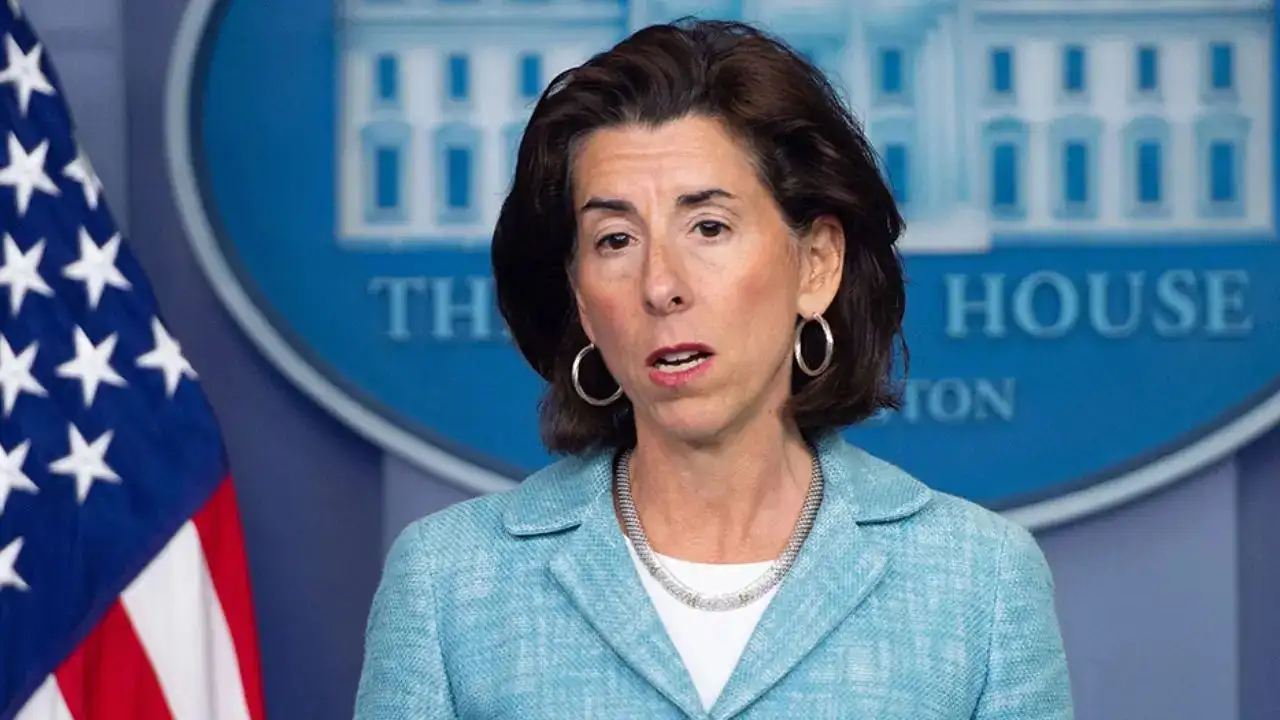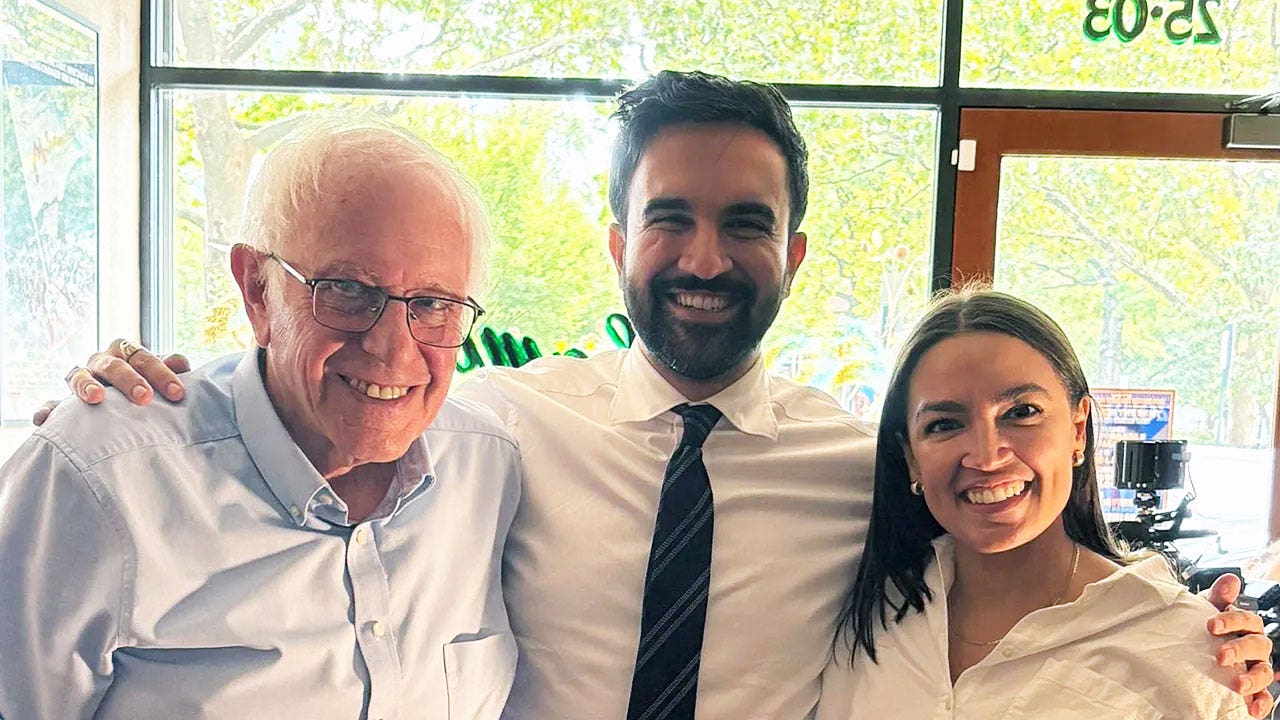Copyright Boulder Daily Camera

At No Kings Day events, thousands of protestors gathered throughout Boulder County to reject various Trump policies. They stood alongside an estimated seven million nonviolent demonstrators across the country and around the world. The protestors punctuated what they are against — but what are they for? No Kings, anti-Trump rallies oppose executive overreach and authoritarianism. They object to indiscriminate clampdowns on immigration, unwarranted raids and deportations, racism, misogyny, growing inequality, and highly concentrated wealth. To varying degrees, the resistance wants to roll back several things: tariffs, resolute support for Israel’s war on Gaza, the deployment of federal troops in cities, as well as cuts in health care, childcare and education. There was no lead organization steering the Oct. 18 protests. A medley of groups propelled collective action, among them the Service Employees International Union, the American Civil Liberties Union, the American Federation of Teachers, Indivisible 5051 and MoveOn. Their efforts could be a step toward forming an encompassing movement. In keeping with democratic principles, a broad coalition must make room for respectful disagreement and different local contexts. It will require a clear agenda, fresh ideas and policies that focus on material change in the practicalities of daily life. Change makers should adopt a double-pronged approach: attend to people’s immediate needs and provide long-range vision. After all, Trumpism will not go away when the president’s term is over in three years. Bear in mind that Trump is an effect, not the cause of the authoritarian streak in American politics, even if he has heightened it. Make no mistake: Trump is hardly an aberration. Individuals such as Father Coughlin, Huey Long (and other members of the Ku Klux Klan), Charles Lindbergh and Joseph McCarthy fueled creeping fascism. Today, the Democratic Party largely represents the establishment. It lacks innovative ideas. Meanwhile, Republicans are an anti-systemic force. This imbroglio affords an astonishingly rare opportunity, an opening for a united front to address injustices. Myriad issues spotlighted in the No Kings marches are braided together. They coalesce around a common theme. In a word, precarity. This condition involves insufficient social protection and heightened risk arising from compounding crises — climate change, deepening poverty, democratic decay, proliferating wars and pandemics. Consequently, multitudes face increasing uncertainty in employment and at home, insecurity and vulnerability. The conundrum of precarity involves temporary instead of steady work, the outsourcing of jobs, flexible rather than stable employment, and paltry entitlements to state and enterprise benefits. Living at the margins, legions of workers have become disposable. Gig work is a cornerstone of precarity. The precariat clusters segments of classes and occupations ranging from artists to actors, graphic designers, writers and other freelancers, musicians, design programmers, translators, medical professionals, lawyers, adjunct professors, rideshare drivers and Amazon workers. Their jobs, or aspects of them, are at risk, threatened by AI and other technological innovations. Unhoused populations and tent encampments are tangible manifestations of precarity. So, too, multiple jobholding and side hustles are stressors, leading to a patchwork of survival strategies and hikes in depression, anxiety and loneliness. True, Trump and his allies speak to (or some say, fan) the precariat’s fears. But their policies damage the institutions on which these people depend: among them, schools, universities, healthcare facilities and cultural institutions. Hence, the way to trounce Trumpism is to home in on fixing precarity by growing a working coalition of hundreds of organizations and networks. The precarity movement must hammer out concrete action plans, employ sophisticated digital strategies, and craft a galvanizing narrative. How about adopting “Put People First” to override “Make America Great Again”? The urgent question becomes: Is there hope for tamping down precarity? I remain hopeful because of vigorous youth-led protests. In addition, there is a shared sense that conventional politics and old institutions are unresponsive to people’s concerns. In the New York City mayoral race, the surge of Zohran Mamdani, 34, is emblematic of generational change. He has wielded narrative power, encapsulated under the banner of “affordability.” Generation Z, born in the internet age, mostly between 1996 and 2010, is mobilizing digitally and linking up globally. This movement has spread from Morocco to Peru, Sri Lanka, Nepal, Kenya and other countries. It can gain traction by focusing on fixing precarity. Jim Mittelman, a Boulder resident and Camera columnist, is an educator, activist, and author. His books include “The Globalization Syndrome,” “Implausible Dream: The World-Class University and Repurposing Higher Education,” and “Runaway Capitalism,” which is due out in November.



